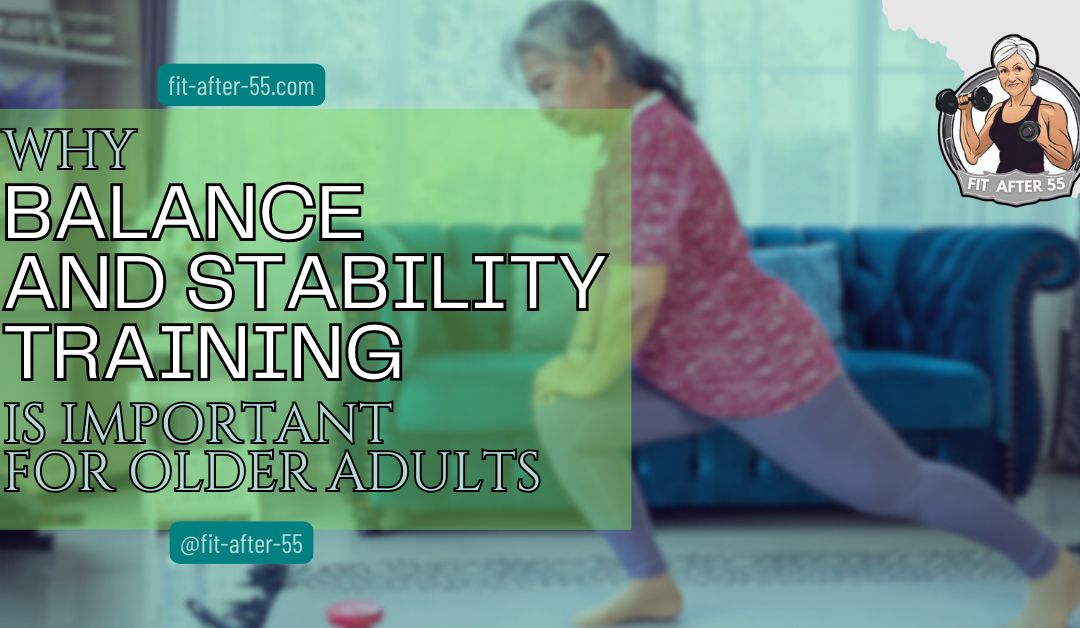Why Balance And Stability Training Is Important For Older Adults
I believe that balance and stability training is essential at any age, but it becomes even more crucial as we grow older. Think about how much smoother life feels when you’re literally on solid ground—that’s exactly what good balance and stability training can offer, especially in your golden years.
As we age, our muscles naturally weaken, our joints lose some of their flexibility, and our reaction times can slow down. This can throw us off balance, quite literally! But balance training isn’t just about avoiding those wobbly moments or hesitant steps; it’s about preserving the independence and quality of life that makes our later years truly enjoyable.
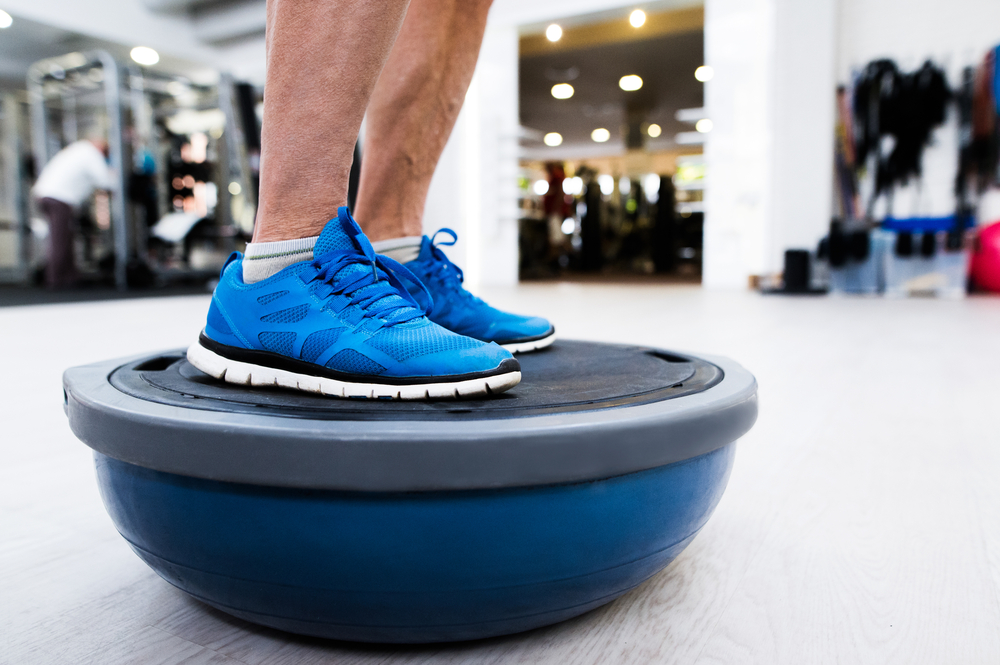
Unfortunately, as the candles on the birthday cake multiply, these abilities often take a hit. Reactions become slower, the inner ear that helps you stay upright might not be as sharp, and muscles that were once robust might not be as reliable anymore. Yet, these changes don’t have to spell early retirement from the activities you love. With a bit of know-how, you can strengthen your balance and stability, and I’m here to help you with that.
Concentrating on improving balance and stability can be transformative, enabling you to live independently, move with confidence, and embrace a more active lifestyle. And when we zoom out, it’s not just about your muscle strength or mobility; it’s about keeping you integrated and active in your community, doing the things that bring you joy and connection.
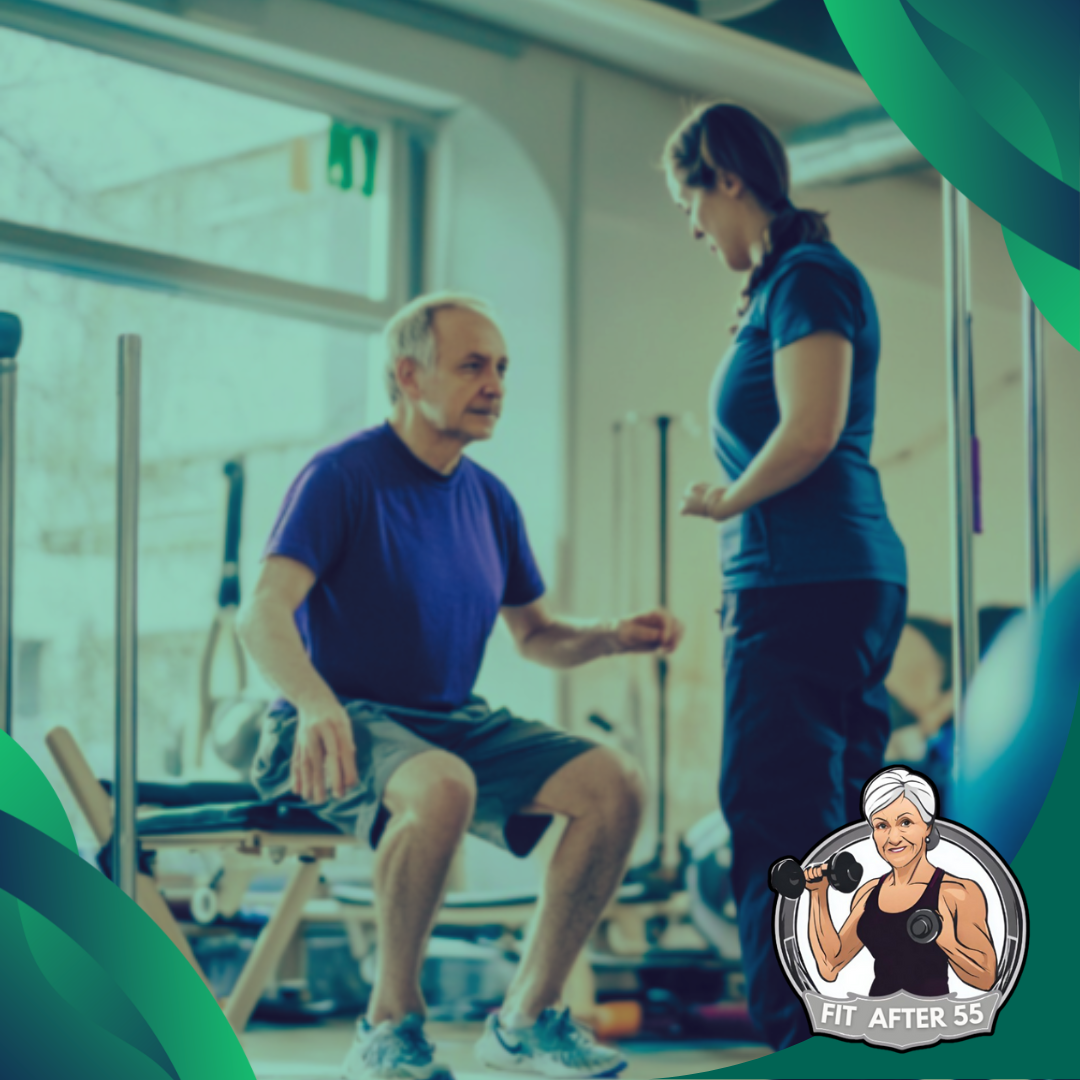
Key Takeaways
- Balance is crucial: Good balance is essential for maintaining independence and reducing the risk of falls.
- Strength matters: Strong muscles, particularly in your core and legs, contribute to better balance.
- Practice makes perfect: Regular balance exercises can significantly improve your coordination and equilibrium.
- Variety is key: Incorporate different types of balance exercises into your routine.
- Consistency is key: Regular practice is essential for improving balance and stability.
Balance And Stability
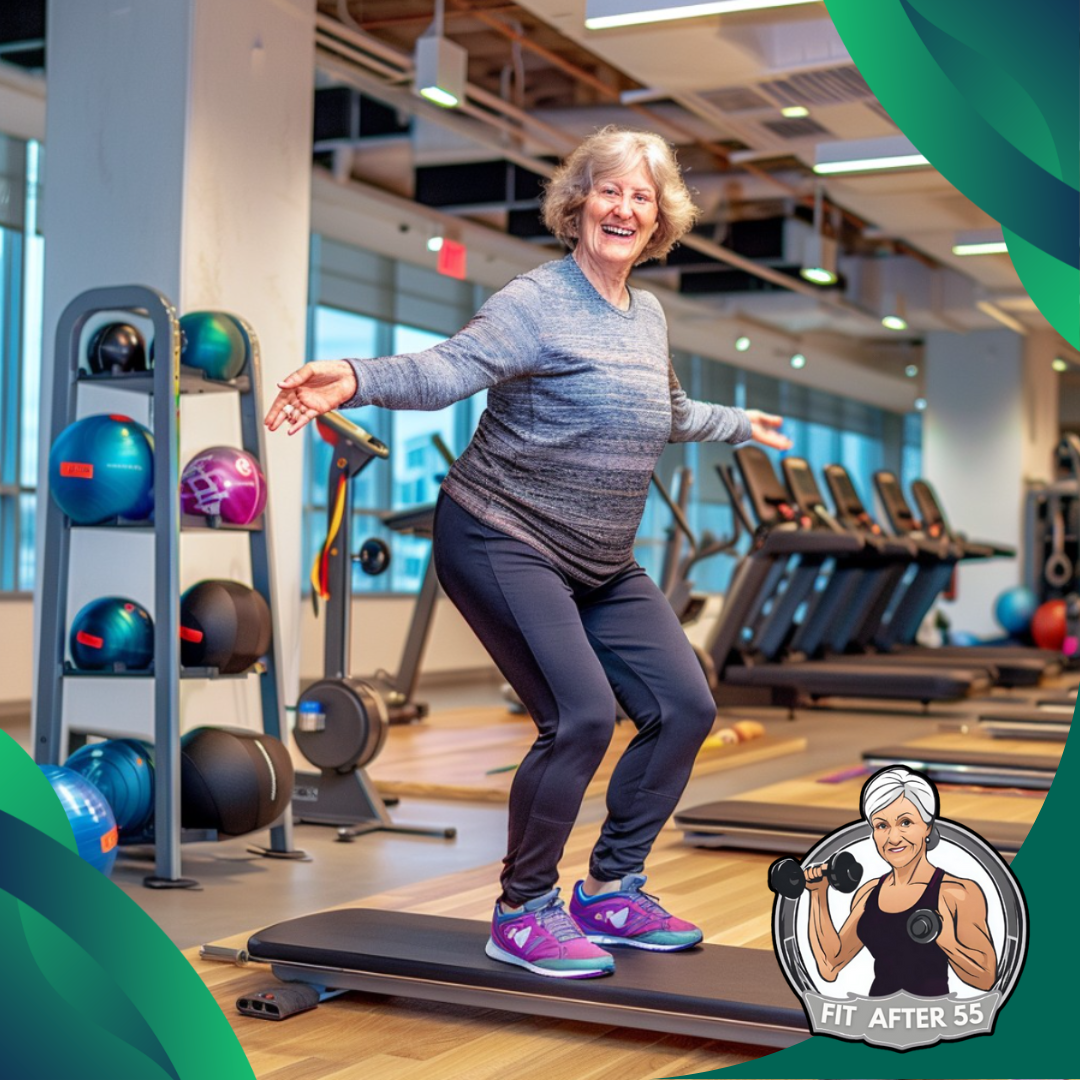
Understanding the Risks of Neglecting Balance Training
When it comes to health and safety for older adults, balance and stability training might not be the first thing that comes to mind, but its impact is huge. The statistics are pretty straightforward: falls are the leading cause of injury among older individuals. In the United States alone, one in four adults over the age of 65 falls each year.
But a fall isn’t just a minor hiccup; it can seriously derail someone’s life. The consequences aren’t only physical, like fractures or head injuries, but can also become emotional, such as the development of a fear of falling that leads to reduced activity. This can create a vicious cycle of inactivity, leading to further muscle weakness and increased fall risk.
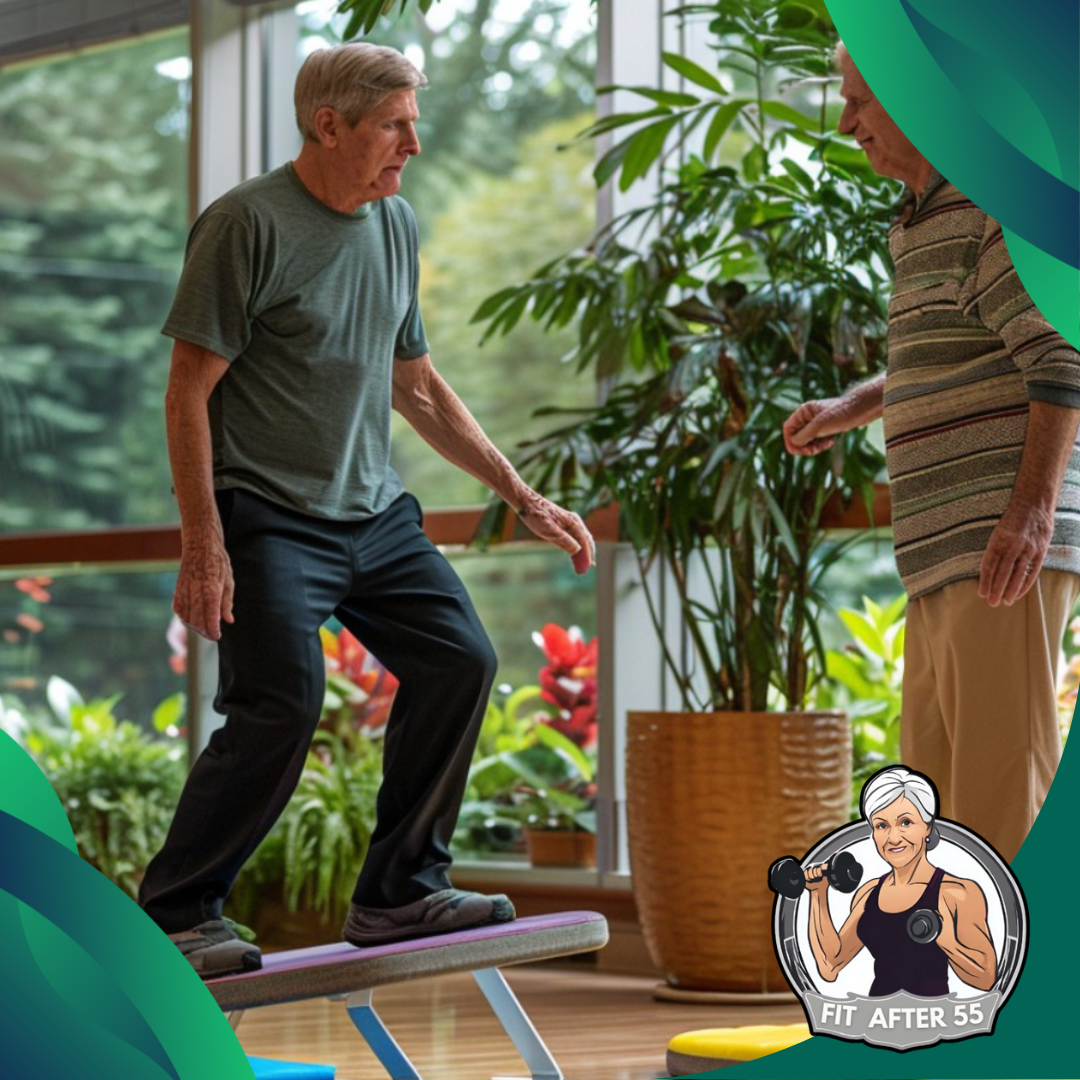
Financially, the costs of falls are staggering. When you factor in hospital visits, surgeries, and rehabilitation, you’re looking at a major financial burden, not just for the individual but for the healthcare system as a whole.
The good news is that with targeted balance training, many of these risks can be reduced. By improving your stability, you’re less likely to fall, and even if you do, you’ll be better equipped to minimize injury. It’s about taking control and giving yourself the best shot at a long, healthy life.
So, moving into the next section, let’s explore further how such exercises not only keep you upright but also bring a host of other benefits to the table. Spoiler alert: it’s not just about not falling over.
The Benefits of Balance and Stability Exercises for Older Adults
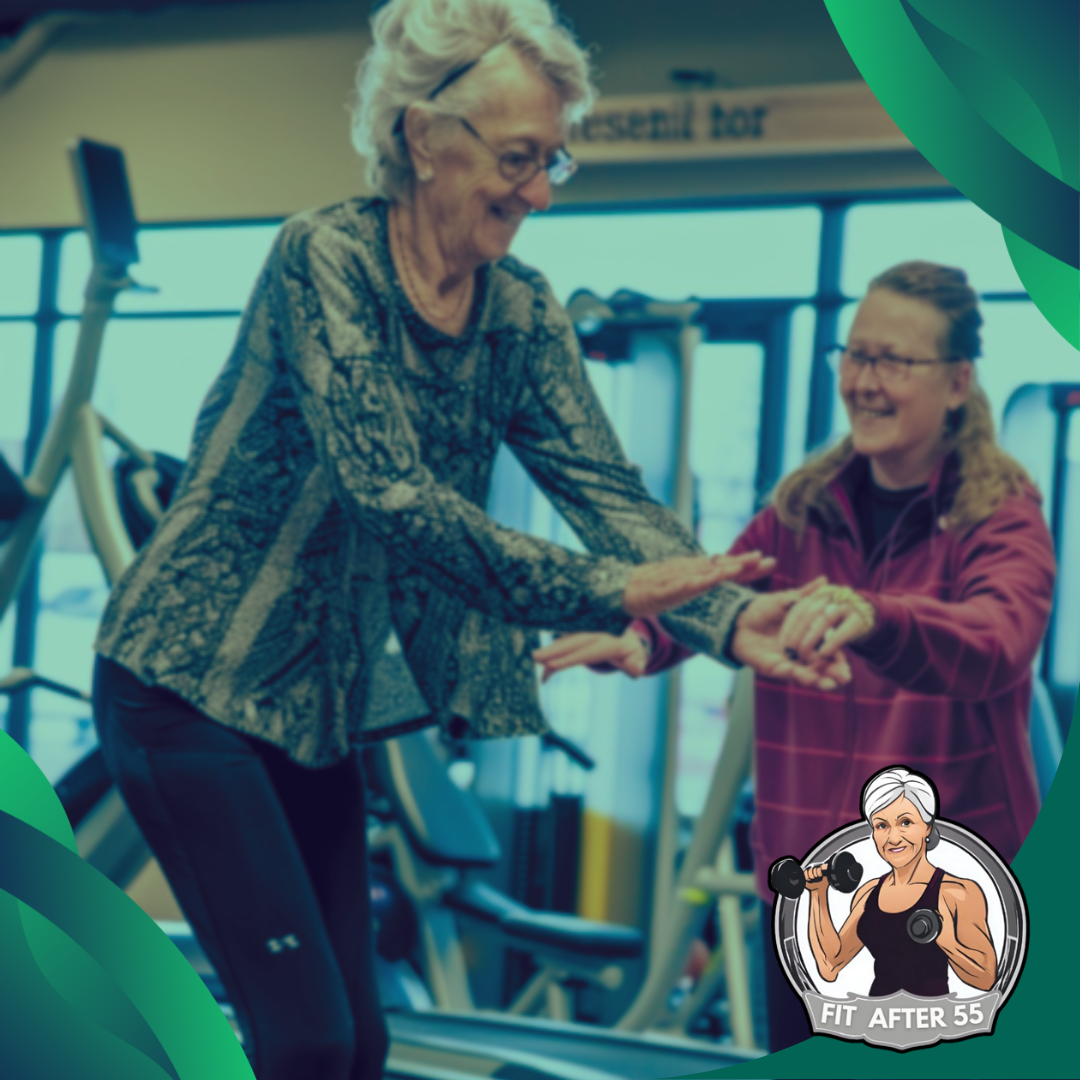
Now, I’m going to explain how you can put balance and stability training into practice. Choose something that resonates with you; there’s no one-size-fits-all here.
If you want to start a balance training routine, assessing your current physical condition is crucial. Always begin at a level that’s safe and comfortable for you, especially if you haven’t been active for some time.
Don’t worry too much about setting up a complex routine at first. Your first attempt doesn’t need to be your last. You can always adjust your approach down the road as you gain confidence and strength.
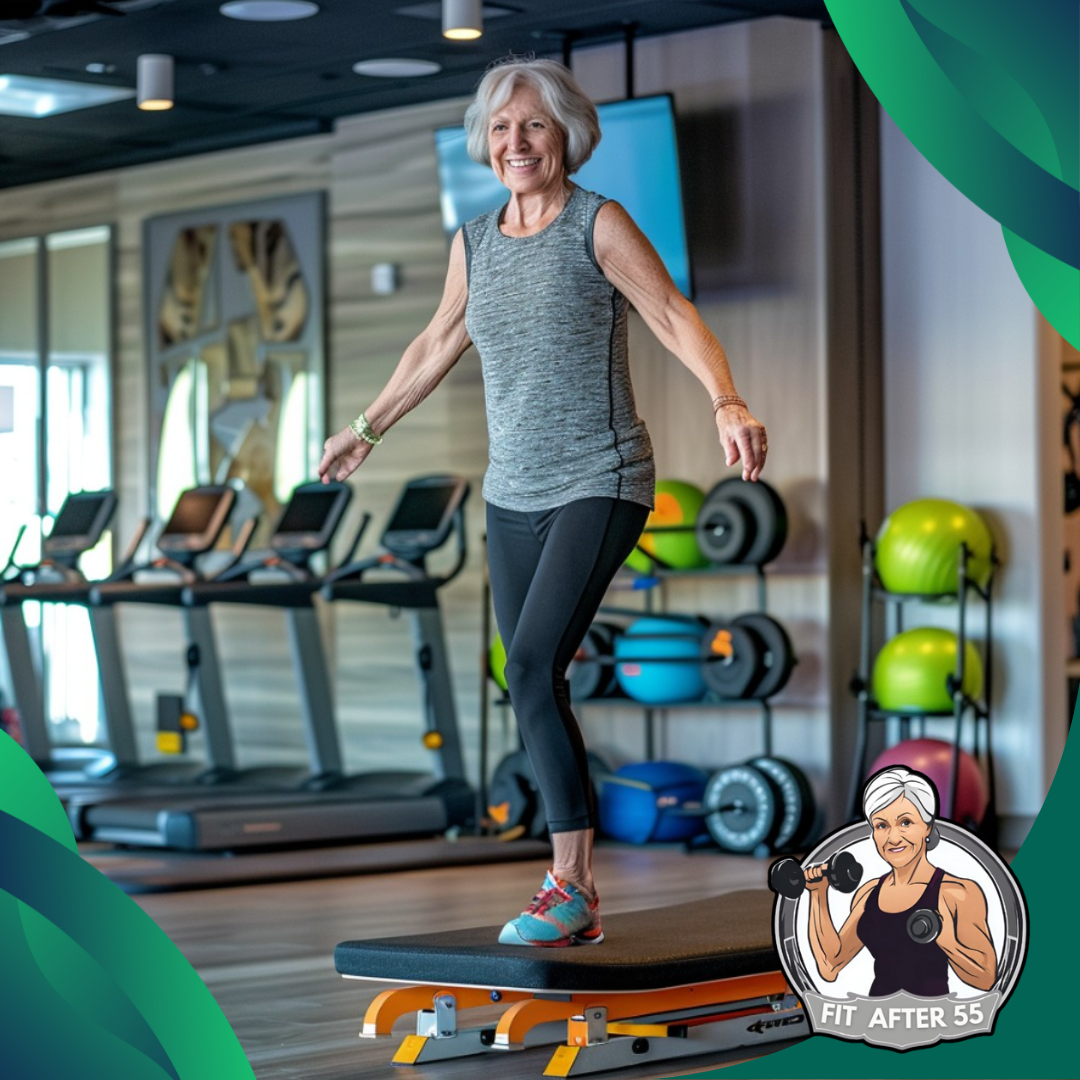
Seeking advice from a physical therapist or a certified fitness coach can be incredibly beneficial. They can tailor exercises specifically for your needs and help ensure you’re performing movements correctly and safely.
Incorporating balance activities into your daily life can be simpler than you might think. This could look like standing on one foot while brushing your teeth or practicing heel-to-toe walking while moving around the house.
A lot is happening very quickly as we age, and staying on top of it by embracing balance and stability exercises can be a game-changer. Encouraging regular practice is key, so find a routine or activity you enjoy to keep you motivated.
Ultimately, your health and well-being as you age rest heavily on the steps you take today. By implementing a thoughtful and consistent balance training program, you’re investing in a more active and injury-free future.
Fun Fact
Did you know that balance training can offer significant mental health benefits? Engaging in these exercises can greatly boost confidence, especially for older adults who may have concerns about falling. By improving balance, individuals feel more secure in their movements, which reduces the fear of falls and the anxiety that comes with it. This increased sense of safety can lead to greater independence and a more active lifestyle.
Balance and Stability: Taking Steps to Strengthen Your Foundation
Understanding the benefits of balance and stability training is just the beginning; the real impact comes when you put it into action. Start with simple exercises that suit your fitness level and gradually build from there. Make it a regular habit, and you’ll soon see the difference—increased confidence, better mobility, and a stronger sense of well-being. Keep at it, and you’ll be setting yourself up to stay active, steady, and ready for whatever life brings your way for years to come.
Ready to improve your balance and stability? Share your favorite balance exercises and tips with our community. Let’s inspire each other to stay active and independent.

Frequently Asked Questions
Got questions about improving your balance and stability? We’ve got you covered!
What are the benefits of balance and stability training for seniors?
Regular balance and stability exercises help strengthen muscles, improve coordination, and enhance joint stability. These benefits lead to better posture, reduced risk of falls, faster reaction times, and a greater ability to perform daily activities safely and independently.
How often should older adults practice balance and stability exercises?
Experts generally recommend incorporating balance and stability exercises into a fitness routine at least 2 to 3 times per week. However, consistency is key, and even short, daily sessions can be highly beneficial in maintaining and improving balance over time.
Can beginners easily start balance training?
Absolutely! Balance and stability exercises can be adapted for all fitness levels. Starting with simple movements like seated leg lifts or standing heel raises can be a great way to ease into a routine. Over time, these exercises can be modified to add more challenge as balance improves.
Can balance training be combined with other types of exercises?
Yes! Combining balance and stability exercises with strength training, flexibility exercises, and cardiovascular activities creates a well-rounded fitness routine. This comprehensive approach helps maintain overall health, mobility, and independence.
What equipment is needed for balance and stability exercises?
Most balance exercises require little to no equipment. Simple tools like a sturdy chair, resistance bands, or a balance ball can enhance workouts. For those looking to advance their routine, tools like balance boards or stability cushions can add more challenges.
Join Us on the Path to Fitness!
Looking for some inspiration to kickstart your fitness journey? Check out our Facebook page, filled with tips, tricks, and workout routines crafted especially for those aged 55 and up. Become a part of our vibrant and encouraging community to discover new ways to stay active, boost your health, and enjoy life to the fullest.
Connect with like-minded people, share your achievements, and get motivated to keep moving and feeling great. Let’s dive into this fitness adventure together and thrive at every stage of life!

